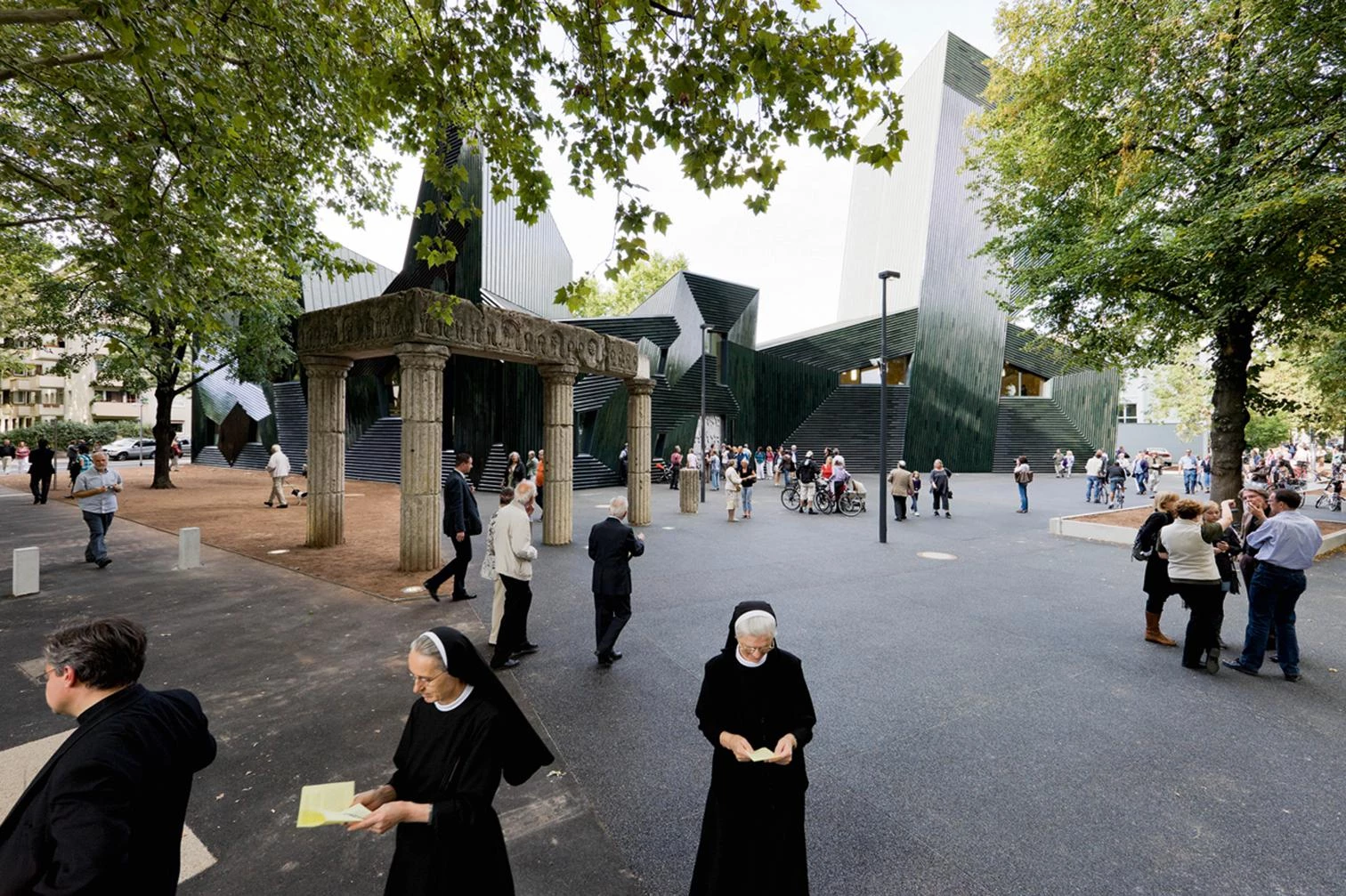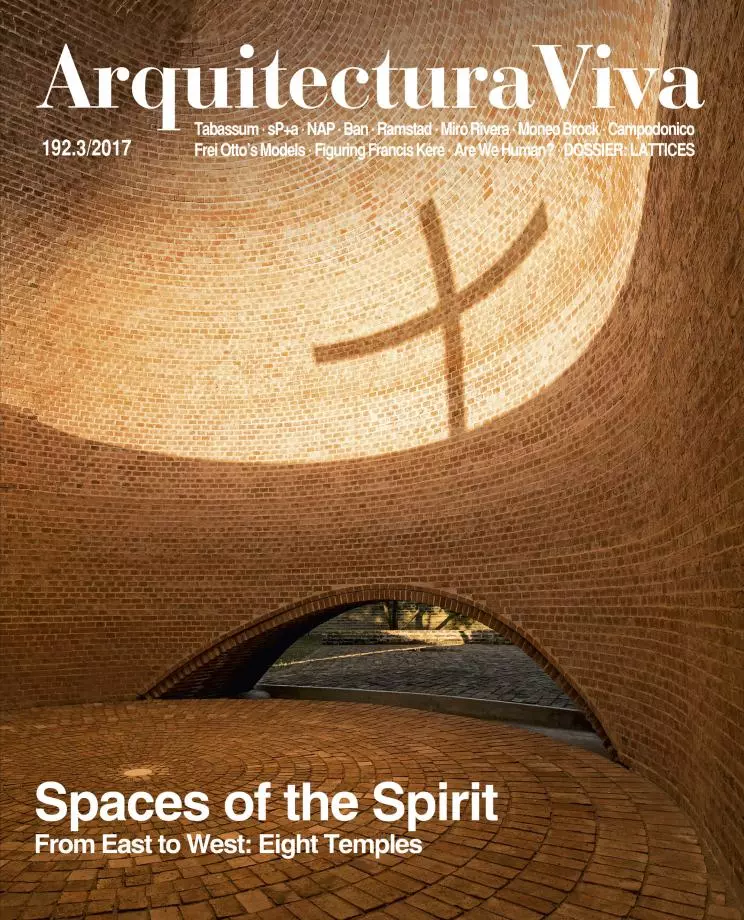Global Creeds
From Liturgy to Spirit

The temple was the castle of faith, the redoubt of liturgy, the symbolic scene of shared dogmas. It was the divine word turned into stone, the relic of saintly bones, the space of pageantry, the house of prayer, the ascending path. Churches, synagogues, mosques, stupas, and pagodas marked the day-to-day existence of traditional societies with their imposing presence and ceremonial order, and established an entire new way of understanding architecture, the religious essence of which continues to show in its eagerness to congregate and endure.
We are living secular days, however, and the firm creed and implacable rite of before have given way to ‘spirituality,’ a broader, more liquid concept alluding as much to the pious customs adhered to by a group of faithful as to the devotion that the individual practices on his or her own, immersed in reflection. So it is that the contemporary temple is no longer the castle of faith or the redoubt of liturgy, but the space for the spirit where the individual and the collective live side by side.
This new condition is expressed in the eight temples, located on four continents, that are featured in this issue, covering most of the principal religions – Christianity, Islam, Hinduism, Buddhism – and spread out through very diverse climates and cultural traditions: from a humble mosque in Bangladesh to a small shrine in the heart of the Argentinian Pampa through a Buddhist center in India, a multidenominational chapel in Japan, a cathedral in New Zealand, a Lutheran church in Norway, a Hindu mission in Texas, and a Catholic church in Monterrey. All are examples where the architectural type, when already existent, is stripped to its essence, reduced to its most basic elements – matter and light – as if simplicity were synonymous to purification or ecstasy; and when it does not exist, it is invented, translated into abstract and multiconfessional places conceived more for introspection than for rite, in its endeavor to create a temporary refuge against the agnostic torments of capitalism.





